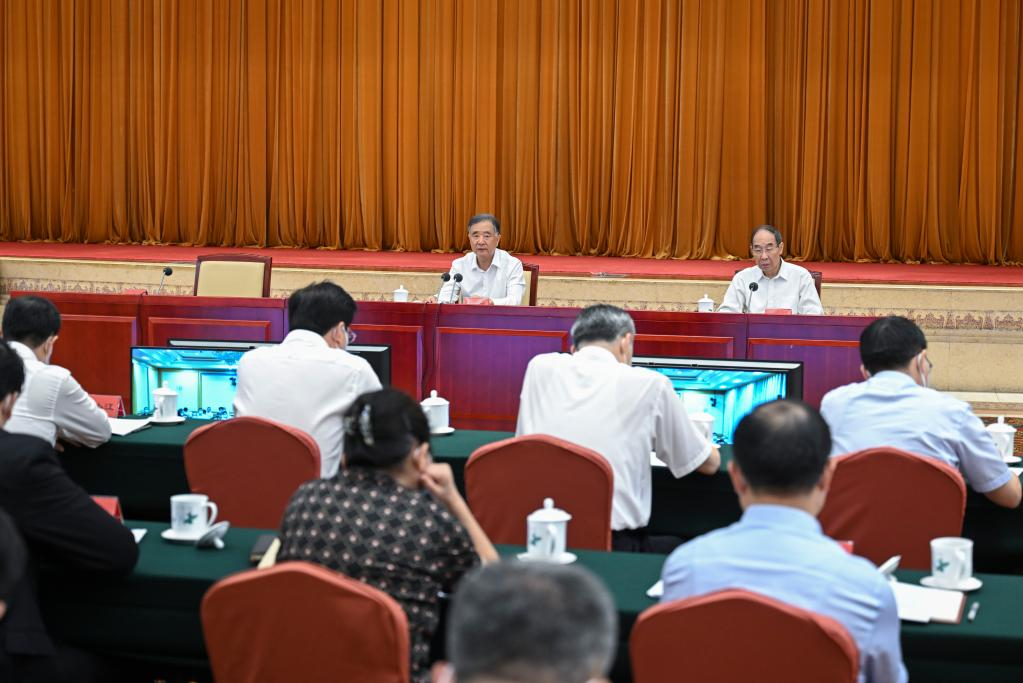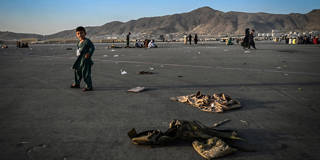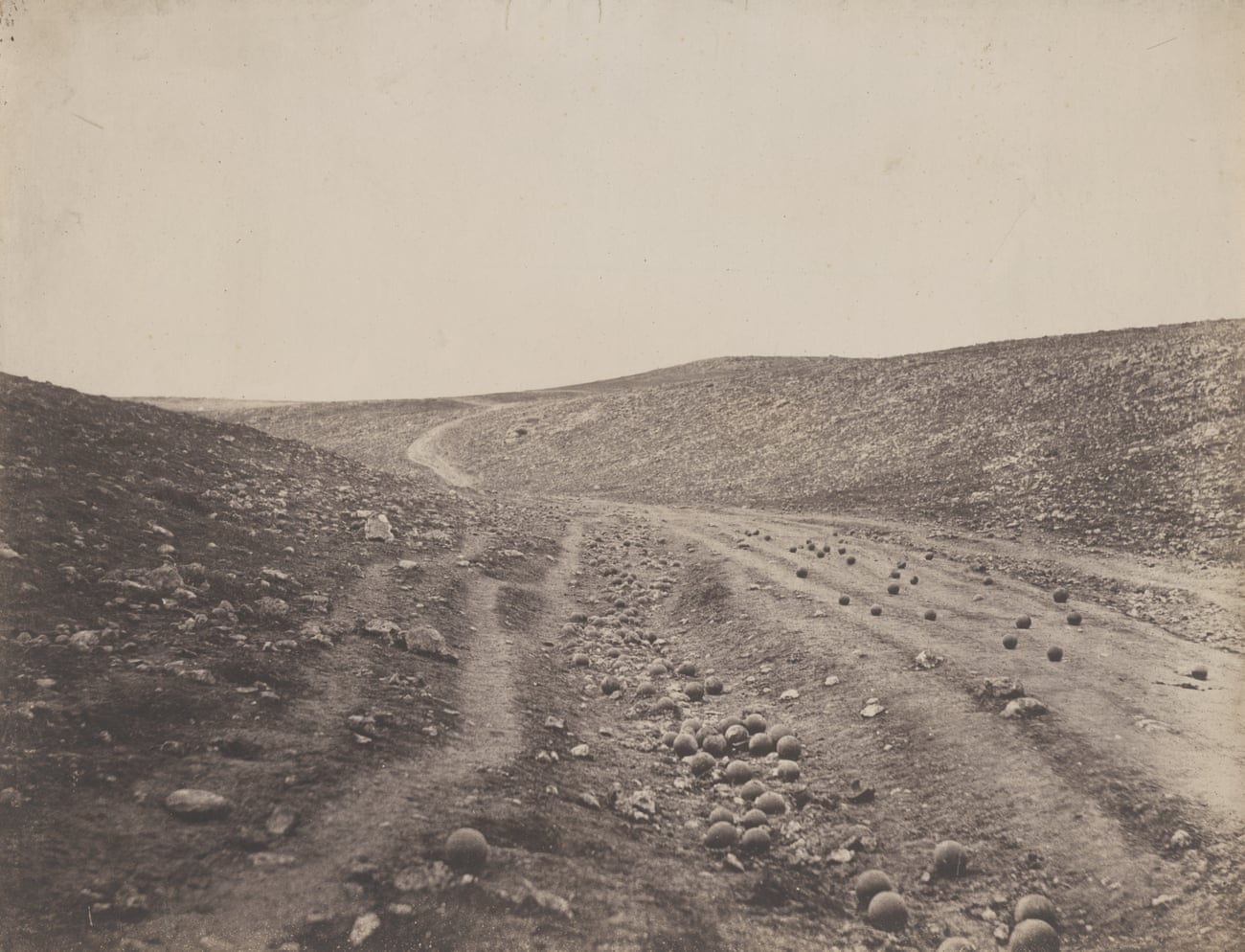Karthik Nachiappan
The Indian government withdrew the long-delayed legislation on data protection in early August 2022, citing the need to create a broader “comprehensive legal framework” to address prevailing concerns on data and related issues like privacy, social media regulation, cybersecurity, telecommunication regulations and non-personal data. This move comes nearly four years after the bill’s introduction once the Justice Srikrishna committee completed its deliberations. The withdrawal will come as a surprise to firms and other entities operating in India’s digital economy looking for clarity vis-à-vis data collection and sharing. Citizens are generally unsure of what happens to the data they submit while transacting online will be flummoxed by this withdrawal. Also jolted will be India’s partners abroad, especially the United States and the European Union, and big technology firms keen to identify and soften, or deflect seemingly onerous regulatory burdens.
The delay, in effect, benefits the government, giving it more time to reconcile aspects related to data generation, collection and transfer. Indeed, the justification provided by the government attests to the complications tied to the legislation and the need to understand better how personal data connects with issues like cybersecurity, artificial intelligence (AI) and social media regulation. The time lost with this withdrawal, however, must be considered. India now has a vacuum in its data governance, just as its digital economy experiences meteoric growth. India is currently going through an inexorable pace of digitalisation that is centred on personal data – collecting, storing, using and transferring it. Across all sectors – from agriculture to welfare and retail – the Indian citizen engages through digital devices, applications, systems, mechanisms, portals and infrastructures that require policy clarity. The withdrawal of this bill means that all digital economic activity will occur in a legal and policy vacuum that will have to be addressed quickly.



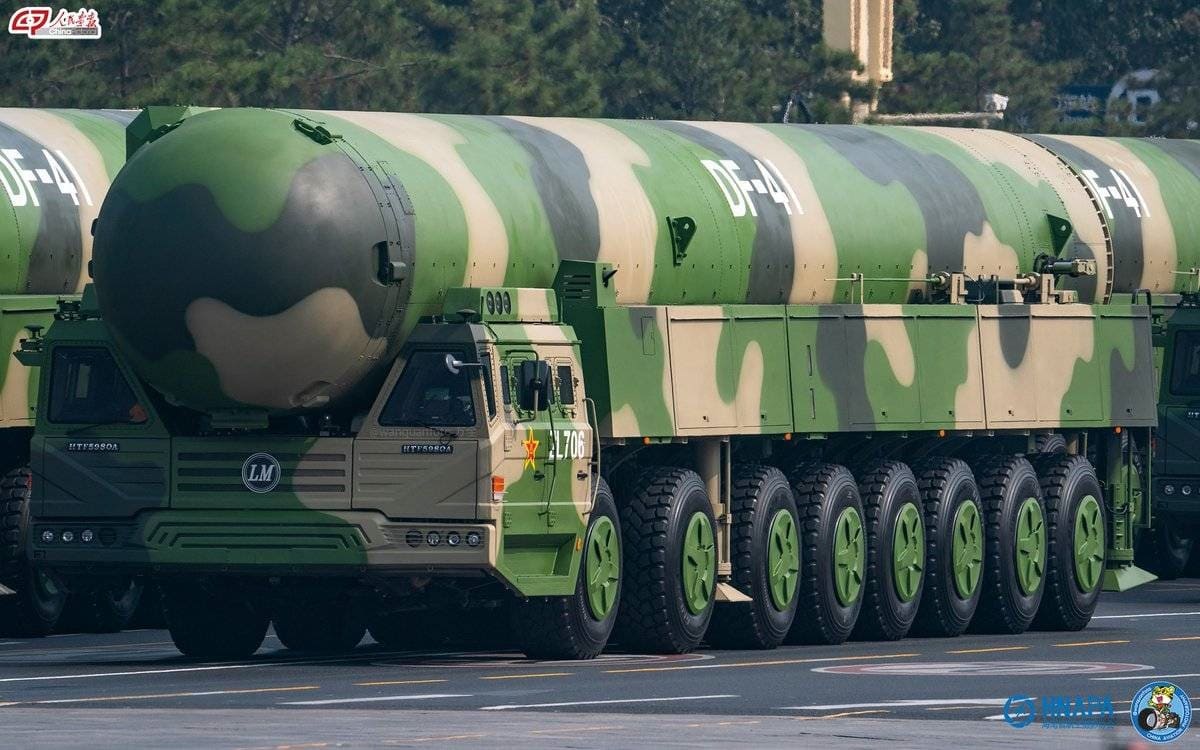


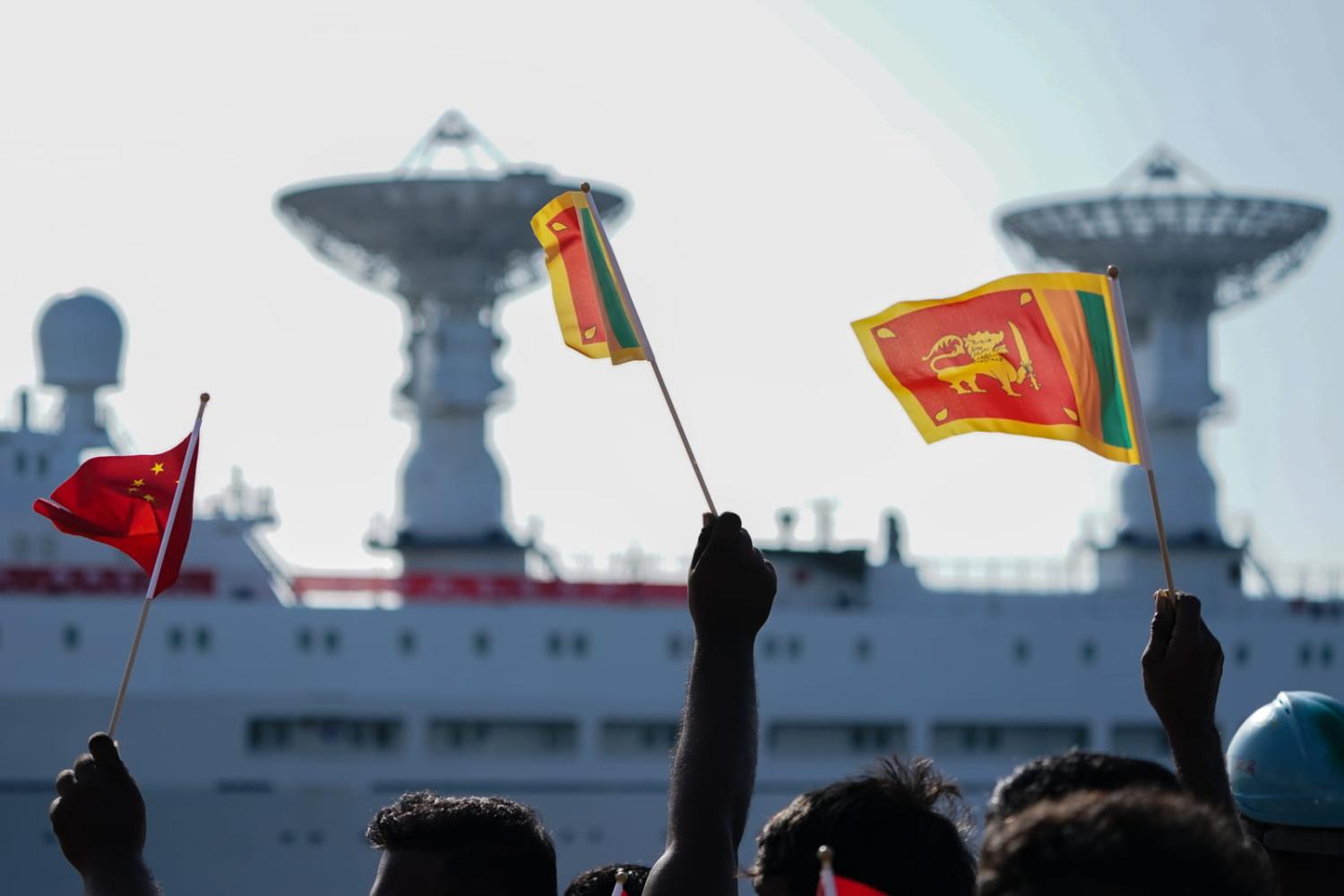


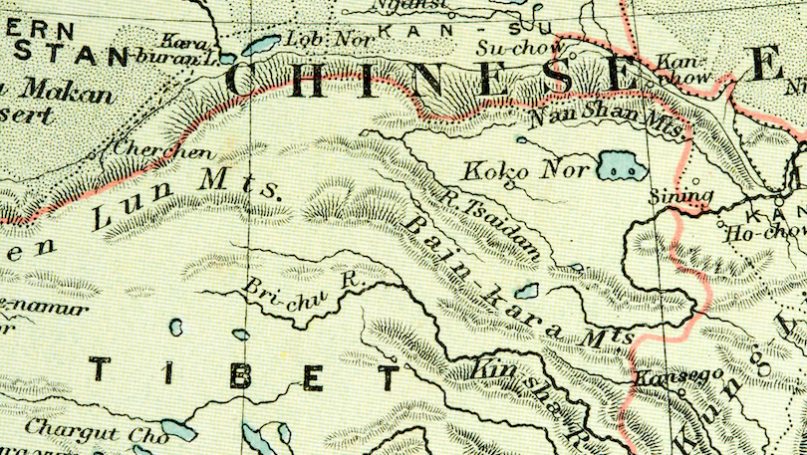





:quality(70)/cloudfront-us-east-1.images.arcpublishing.com/archetype/Y2JN2VVRMJBXZFNZBK5QLISQIQ.png)
